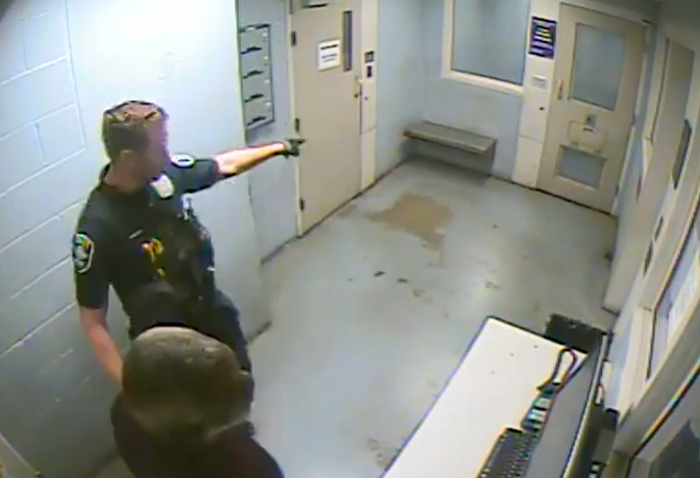
Boston Dynamics, the Google-owned robotics company that regularly sends the public into uncanny valley panics, doesn't have a monopoly on jaw-dropping robot projects. According to technology journal IEEE Spectrum, two researchers at the University of Washington have created one of "the most amazing biomimetic anthropomorphic robot hand(s)" ever seen.
All those adjectives basically mean that the two UW researchers—Zhe Xu (now at Yale) and Emanuel Todorov—have managed to create an eerily functional robot modeled after a human hand.
And they did it by 3D-printing artificial bones from a scanned cadaver skeleton.
The hand is a complicated body part. But Xu and Todorov found robotic counterparts for many of the hand's mechanical components: joint "capsules," "crocheted" ligaments and tendons, and fingertip "workspaces."
In a paper presenting their robotics research, Xu and Todorov say they envision the hand being used in medical and biological research. Perhaps the hand could even be used as a transplant "scaffold" for regenerated human muscle and nerves. The hand could be "mass-produced with biocompatible materials to meet the requirement of different medical/biological applications," they write.
In the same paper, Xu and Todorov demonstrate that the hand can grasp fairly large objects, like a softball or a CD. But they also show that the machine's robotic fingers can get even more precise, like when holding pens.
Check out the video of their robotic handiwork below.


















